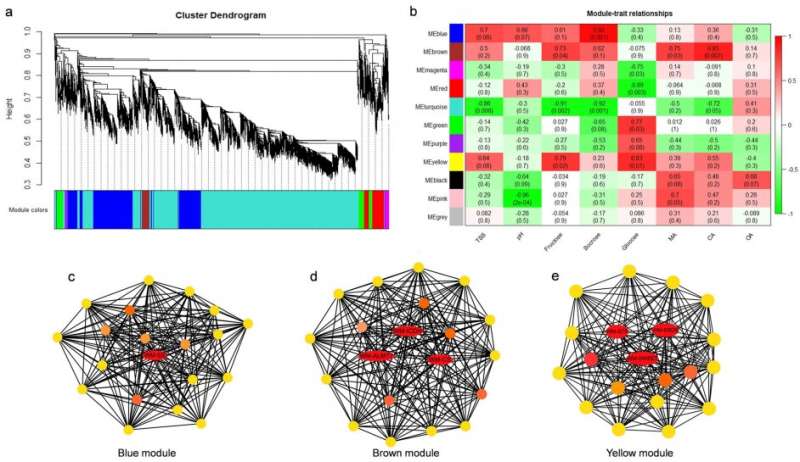The regulatory network of sugar and organic acid in watermelon fruit is revealed

Recently, the innovation project watermelon and melon cultivation and physiology team of Zhengzhou Fruit Research Institute has made new progress in the metabolism regulation of sugar and organic acid in watermelon fruit. The changes of sugar and organic acid during fruit development were analyzed and the key gene networks controlling the metabolism of sugar and organic acid during the fruit development were identified. These results provided a theoretical basis for watermelon quality breeding, which had important scientific significance for the development of watermelon industry and the improvement of watermelon breeding level in China. The related research results were published in the journals of Horticulture Research and Scientia Horticulturae.
The sensory quality of watermelon fruit is determined by the content of sugar and organic acid, which determines the taste of watermelon during the development and maturation of watermelon fruit. The sweet watermelon '203Z' and sour watermelon 'SrW' of its isogenic line were used as materials, the genes and gene networks co-expressed with glycolic acid metabolism were searched through WGCNA analysis of transcriptional and metabolite data. Three gene expression networks were identified, including 2443 genes that were highly correlated with sugar and organic acid metabolism in watermelon fruits.
Seven key genes involved in sugar and organic acid metabolism of watermelon fruits were screened by significance and qRT-PCR analysis. Among them, Cla97C01G000640, Cla97C05G087120 and Cla97C01G018840 were sugar transporters. Cla97C03G064990 was a sucrose synthase. Cla97C07G128420, Cla97C03G068240 and Cla97C01G008870 were highly correlated with malic acid and citric acid, which were the transporters and regulators of malic acid and citric acid. These genes were verified in the natural population, and the results showed that the expressions of these 7 genes were significantly positively correlated with the contents of sugar and organic acid in watermelon fruit.
More information: Muhammad Jawad Umer et al, Identification of key gene networks controlling organic acid and sugar metabolism during watermelon fruit development by integrating metabolic phenotypes and gene expression profiles, Horticulture Research (2020). DOI: 10.1038/s41438-020-00416-8
Provided by Nanjing Agricultural University The Academy of Science




















